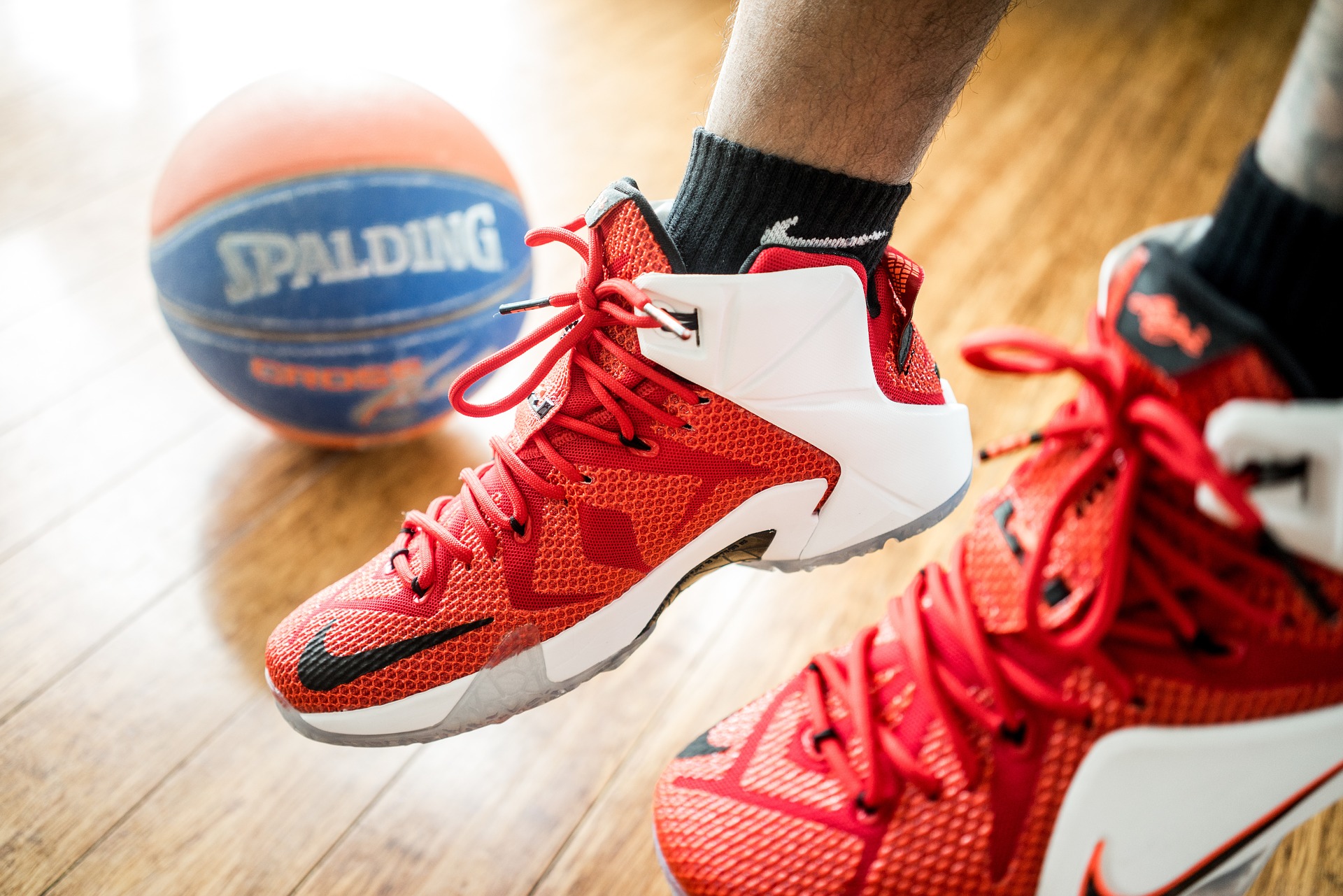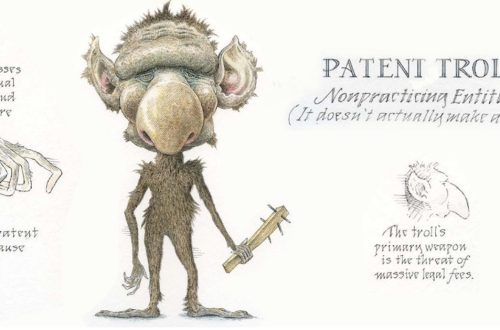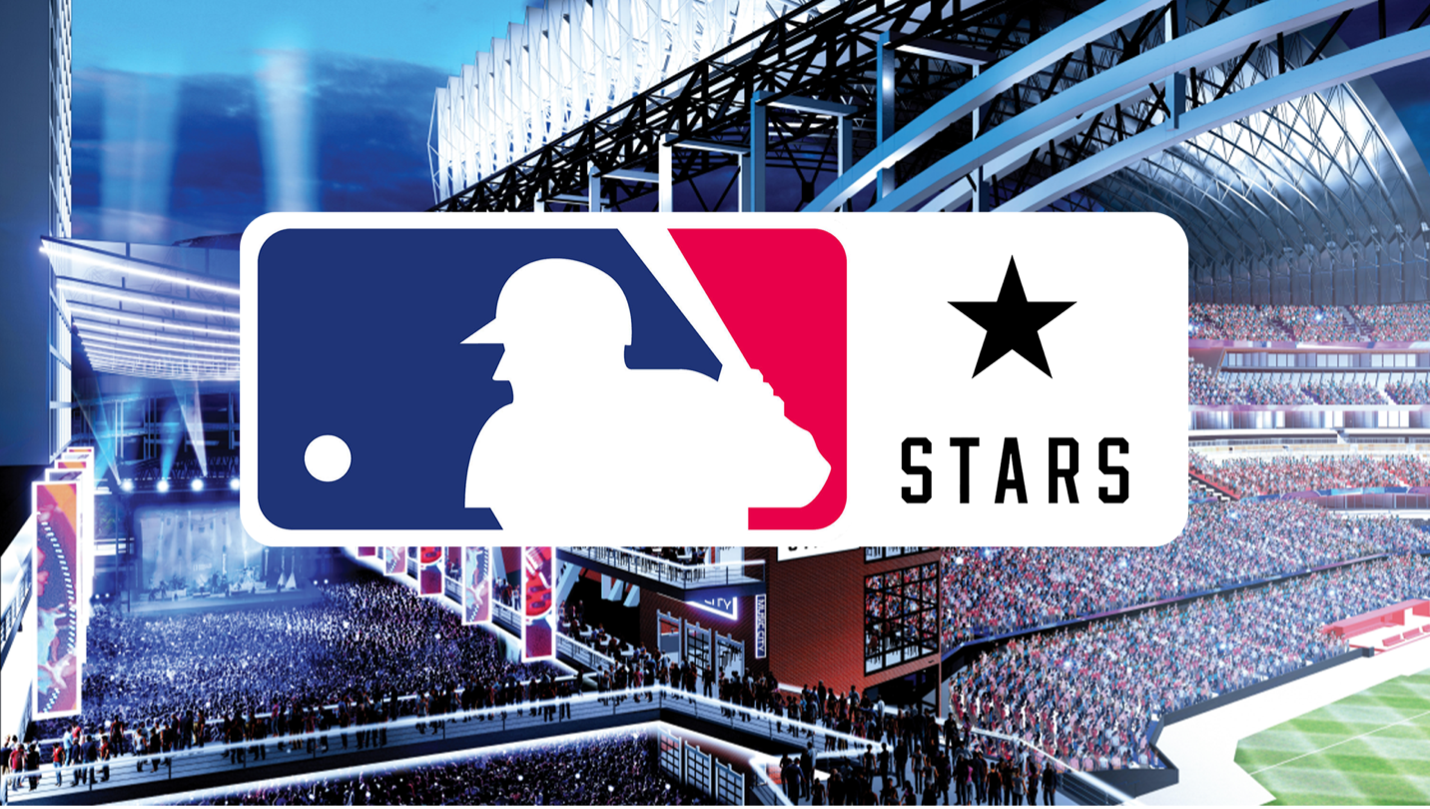By: Charles Soon
Over the past decade, athletic apparel partnerships between intercollegiate athletic programs and athletic apparel providers have become increasingly lucrative. In 2015, several major National Collegiate Athletic Association (“NCAA”) Division I programs entered into lengthy agreements with athletic apparel companies. Arizona State started an 8-year and $33.8 million dollar agreement with Adidas in July 2015, after electing to end the Sun Devils’ previous relationship with Nike. In 2015, the University of Michigan agreed to a then record setting 11-year, $169 million deal with Nike. In addition, the Wolverines will become the first NCAA football program to feature the Jordan “Jumpman” logo on their maize and blue jerseys. The agreement with Nike and its subsidiary Jordan brand, will not only provide the school with a significant sum of money, but it will also bolster the school’s recruiting pitch by intriguing highly-regarded recruits with the opportunity to obtain free Jordan gear during their tenure in Ann Arbor. Not to be outdone by the Wolverines, the University of Texas Longhorns inked a 15-year, $250 million agreement that now ranks as the largest deal ever seen in the collegiate ranks. In the Power Five autonomy era looming in NCAA athletics, much remains to be seen regarding player compensation, and the potential impact it may have on endorsement agreements between universities and apparel providers.
Athletic Apparel Agreements in the Power Five Autonomy Era
In the Power Five autonomy era, the five major NCAA conferences will be empowered to pass legislation, provided a few conditions are met. One hot button topic of the impending Power Five autonomy era is student-athlete compensation. In Bloom v. NCAA, 93 P.3d 621, (Colo.App.2004), former University of Colorado Boulder football student-athlete Jeremy Bloom took the NCAA to court in a battle over personal compensation that he received through endorsement agreements associated with his career as a professional skier. The court held that per NCAA regulations, student-athletes may not receive compensation from endorsement appearances, and the NCAA had the power to force Bloom to relinquish his endorsement earnings, if Bloom wished to keep his collegiate eligibility. With the move toward the Power Five autonomy drawing closer, conditions for student-athlete compensation may soon change. One proposed model for student-athlete compensation allows student-athletes to enter into their own personal endorsement agreements with athletic apparel brands, in turn earning compensation based on their athletic accomplishments. With the length of current sponsorship agreements between universities and apparel companies exceeding 10 years in some cases, a conflict seems to be looming on the horizon; if players are allowed to enter into individual agreements with apparel companies, colleges will surely stand to suffer a significant financial loss. In all likelihood, apparel providers will not offer the same level of compensation to universities in future contracts, if they are not provided an exclusive license over an entire team.
A glance at the University of California, Los Angeles’(“UCLA”) most recent apparel contract with Adidas in May 2011, reveals a clause that states, “[i]f the NCAA or Pac-12 Conference requires members of the team to wear athletic footwear or apparel other than [Adidas] goods” that shall constitute a default by UCLA. Such clauses may end up becoming the center of significant litigation should rules for student-athlete endorsement agreements change in the Power Five autonomy era. For example, it is difficult to establish whether the NCAA or Pac-12 would, in fact, require members of the team to wear athletic apparel other than the contractually agreed upon company goods, if individual players were permitted to seek their own endorsement deals with other companies. Athletic departments may suddenly endure a breach of contract issue(s), especially if both parties are unable to reach an amicable solution. In the foreseeable future, significant litigation may happen in the event that the Power Five conferences adopt a policy that allows student-athletes to enter into their own endorsement agreements. When the stakes are so high for universities across the country, it may only be a matter of time before these issues find their way into the courtroom.
Charles Soon is a 3L at the Sandra Day O’Connor College of Law at Arizona State University. He is an associate editor for the Sports & Entertainment Law Journal.
[easy-tweet tweet=”NEW ASU SELJ BLOG, By Charles Soon: http://asuselj.org/2016/01/18/the-lucrative-bu…parel-agreements/” user=”@ASU_Law_SELJ”]




